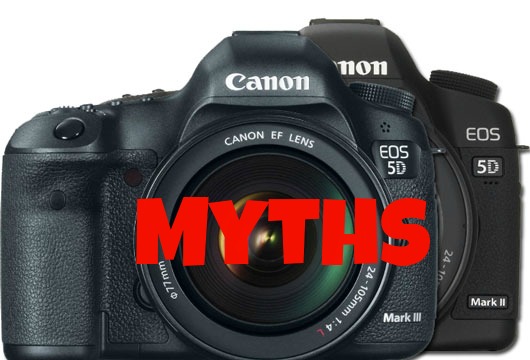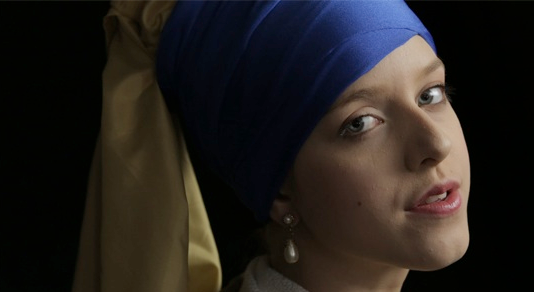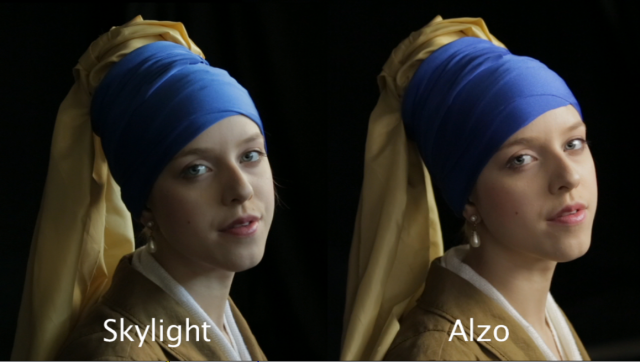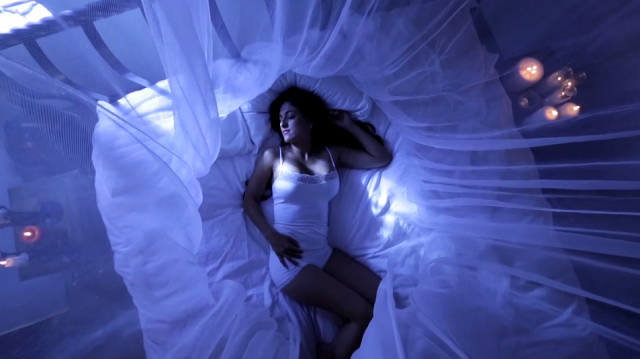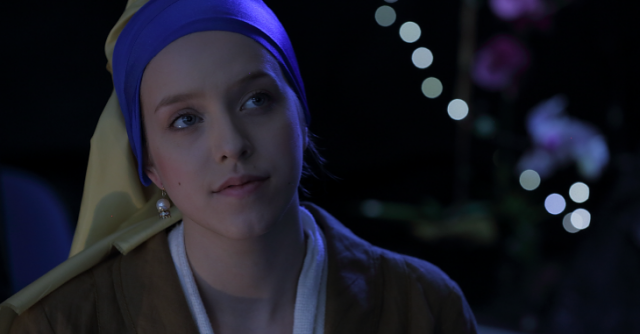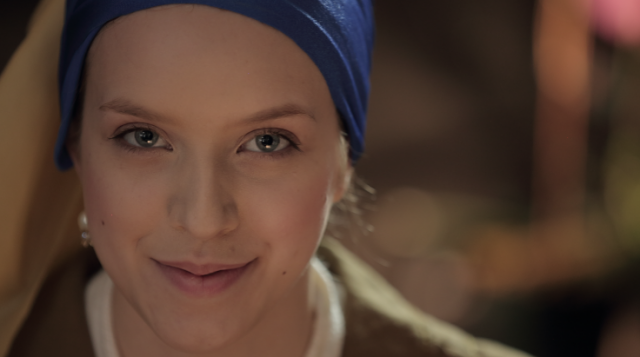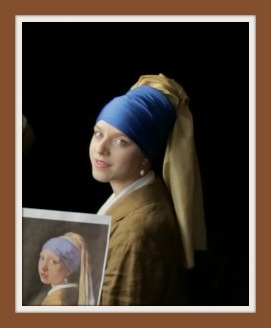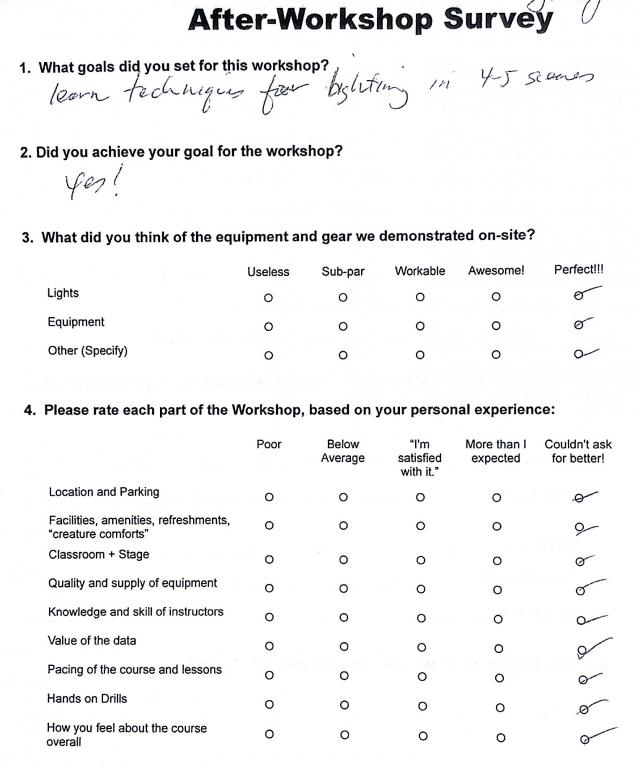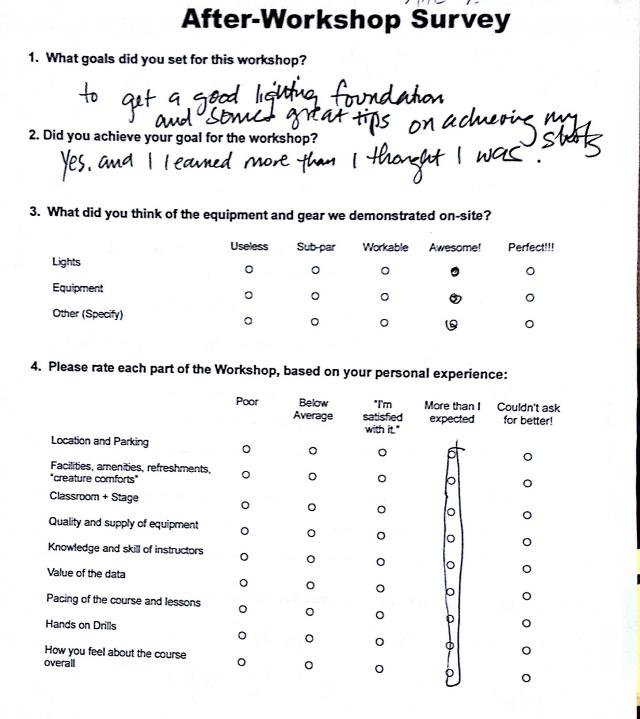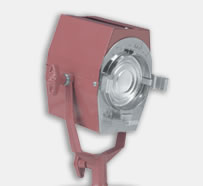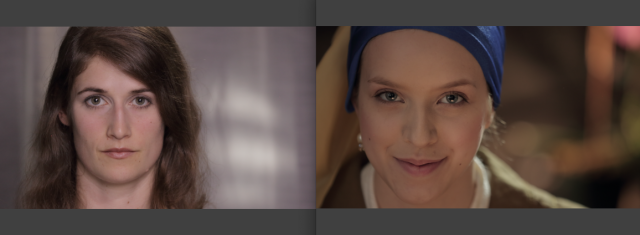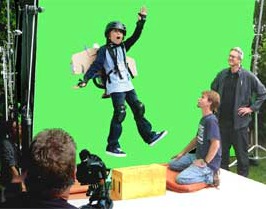
I had two great experiences that I want to share. They unlocked the door to getting the kind of budgets you need to do a professional project.
I was pitching a video about a top secret helicopter. There were a number of companies represented around the table because they were each kicking in a part of the budget.
I finished my presentation and told them the budget figure to accomplish the video I had just described. The video was going to be a “double-wide”, 4 x 3 video projected on a widescreen video wall. What that meant is that we were going to shoot it in cinemascope (anamorphic) 35mm film and then chop the image in half in telecine so that we’d have a LEFT show and a RIGHT show, each on their own 4 by 3 videotapes. When the videotapes played back in sync at the convention video wall, it would leave the impression to the viewer that we’d somehow shot cinemascope video. The video wall would be like watching two huge video screens next to each other.
The point is that it was a complex undertaking and many dollars would go to making it all work seamlessly.
So, the questions started coming from the company reps. I fielded most of them and finally one came that set off a fight among the company reps. One man slammed his fist down on the table and said, “Goddammit, we’re gonna fund this project and let this young man get to work on it right now.”
Now that’s a good closing line but one that I wasn’t in the position to use. Here’s what had happened. These company reps had been at this for weeks…arguing about the color of the bunting, or the number of chairs to be at the booth, the depth of the carpet and I’d unknowingly walked into the middle of an ongoing fight. So when I got in trouble on the budget figure one of the reps championed my cause for me. They voted to go ahead and off I went.
The second time was a similar thing. I was supposed to meet with the president of the company but he was delayed, so I met with the operations manager. I hit it off with him. He was a video guy and had shot many videos himself, although in an amateur class, which he readily admitted. But here was his chance to work with a professional production team from Hollywood (although our offices are in Burbank, we’re close enough).
So we went through the budget and the big item was the air to air budget. It was almost half as much as the rest of the entire budget. But the GM knew the intricacies of air to air video shooting and knew that we wanted a gyro-stabilized platform if we were going to do this right. So, he was closed. We broke for the day and I went back to the hotel to await the president’s arrival the following day.
I went into the meeting a little on edge because the president was a bean counter and I knew he’d try to slash the air to air budget and basically chop out the vital part of the show.
Anyway, I took a deep breath as I ended my presentation. To hedge my bets I said we could probably find some places to cut if the air to air budget seemed too steep. But the president cut me off. He said he’d already talked to his people about it and he wanted to go first class and get the best air to air shots we could give him. So everything was approved before I even had to make my pitch.
What had happened in both cases?
I had unknowingly found allies that would fight the budget battles for me. This made it immeasurably easy to get the kind of money I needed to blow their socks off. I just hate to do a cheap video. It impresses no one. It shortens my career because new clients think all I do is crap so why call me. I don’t want to show it to anybody. AND, most importantly, it doesn’t DO THE JOB for the client. So they’ll never hire me again. I can’t see a single reason to do a cheap video. It’s like agreeing to take cyanide. It’s too hard to find a client to let cheap budgets poison the relationship.
So find an ally whose as passionate as you are about doing a great video and sell him and then sit back and let them fight for the budget you need. Don’t have an ally available? Better read this blog post on how to sell the value of video to your clients.
- See more at: http://blog.theassociation.tv/blog/the-association/page/3#sthash.icERYS6E.dpuf
